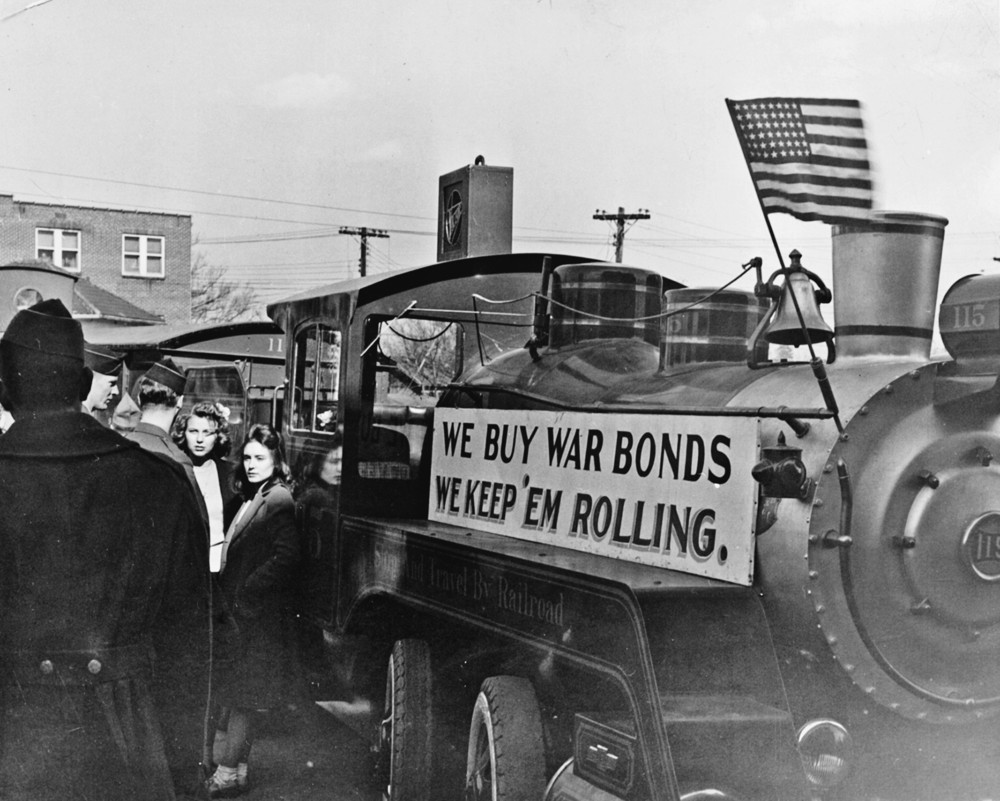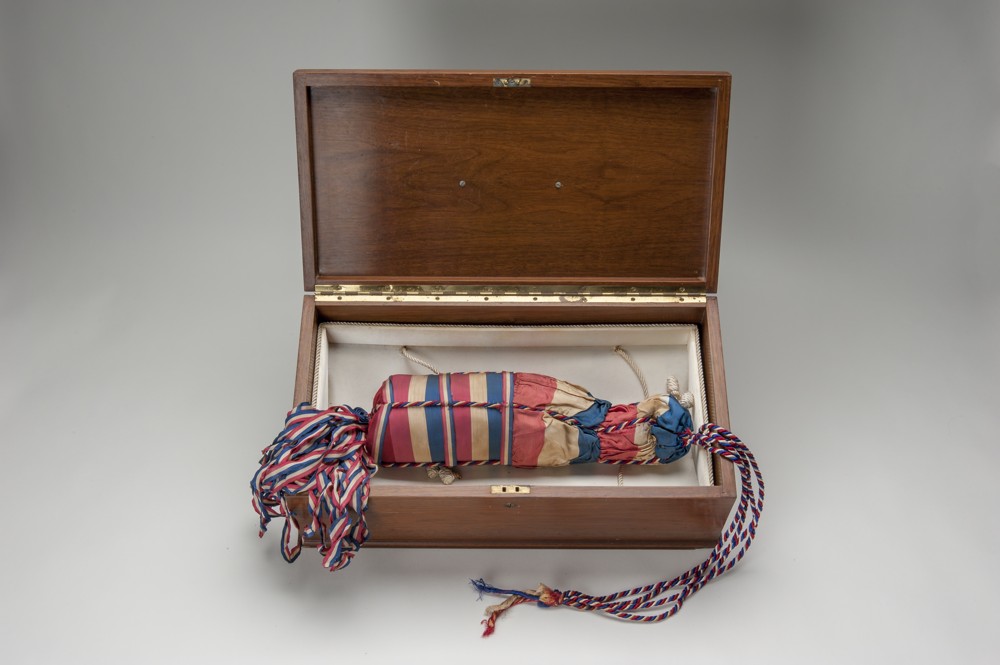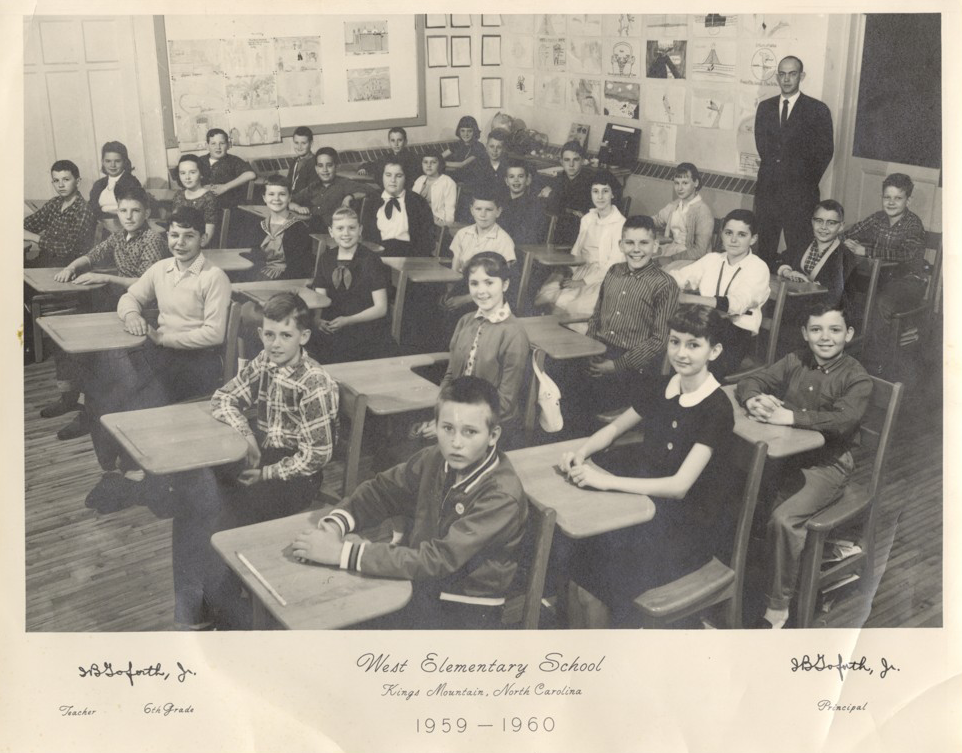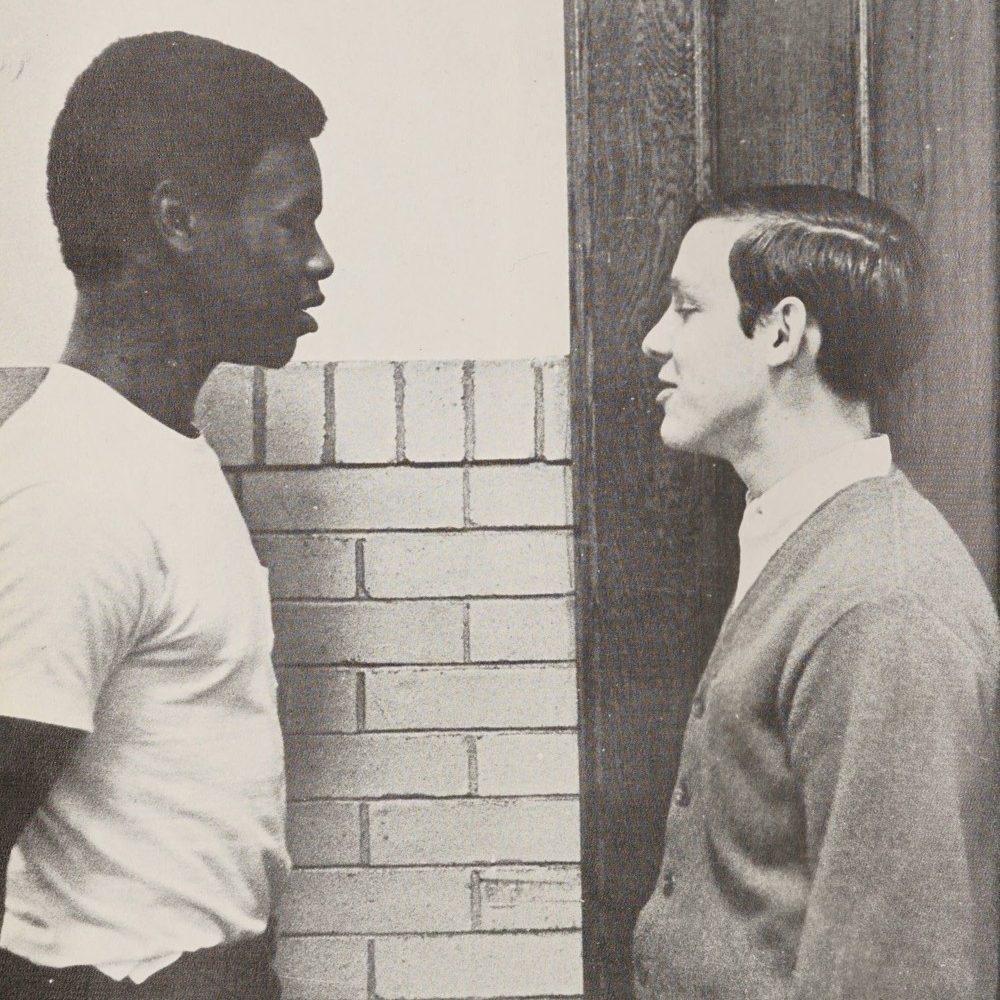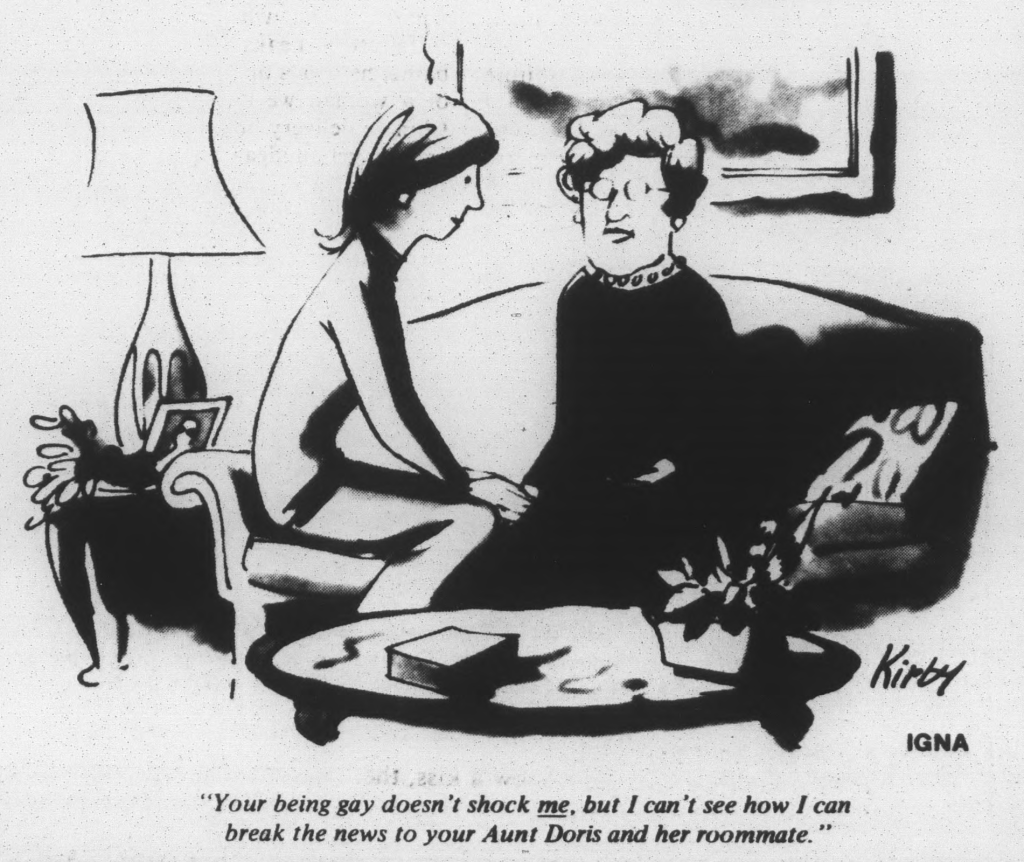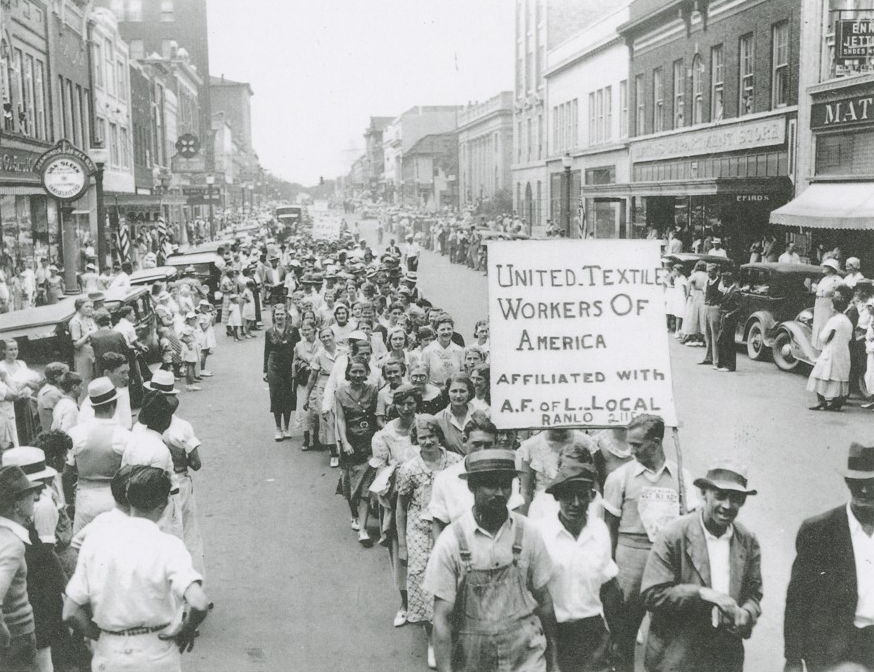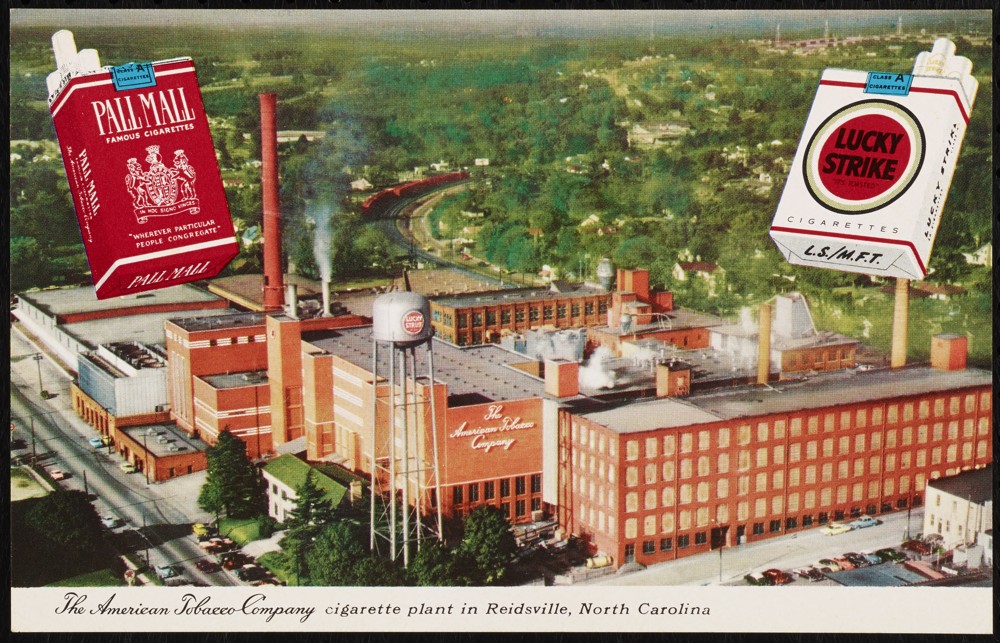We are pleased to announce the addition of two new primary source sets on our site, the World War II, Part 1: North Carolina Before Pearl Harbor set and the World War II, Part 2: North Carolina After Pearl Harbor set. While these sets are centered on different aspects of North Carolina in relation to the Second World War, they both use carefully selected primary sources from the DigitalNC collections, supplied from our partners across the state. World War II is a broad topic relevant to many other regions, but these sets focus on how North Carolina and its people were impacted by the war.
Making up each set is a variety of written (journal entries, newspaper articles, letters), visual (photographs), and audio materials (oral histories). General background information, an event timeline, discussion questions, and links to outside resources are available in both sets, as well as short context statements provided for each item. Here’s a look at Part 1 and Part 2 of the World War II primary source sets:
World War II, Part 1: North Carolina Before Pearl Harbor
Time period: 1940-1941
Although the United States did not enter World War II until the attack on Pearl Harbor in 1941, the nation and the state of North Carolina were attentive to the ongoing conflict in the years before the U.S. entered the war. Using a photograph, journal entry, college publication, oral history, and several newspaper articles, this set focuses specifically on how North Carolina was impacted by nation-wide war preparations. Additionally, this set portrays the different perspectives that North Carolinians had on the war.
World War II, Part 2: North Carolina After Pearl Harbor
Time period: 1941-1945
Japanese military forces attacked Pearl Harbor on December 7, 1941, drawing the United States into World War II and causing significant and lasting impact on the country as well as on North Carolina. This set uses photographs, newspaper articles, letters, and a scrapbook to explore North Carolina’s culture and economy as it was changed by the Second World War.
Teachers, students, researchers, and anyone interested in learning more about the Tar Heel state before and after the attack on Pearl Harbor can find the World War II primary source sets (as well other sets about different topics) on our resources page. To give us feedback on the sets, please contact us here.
